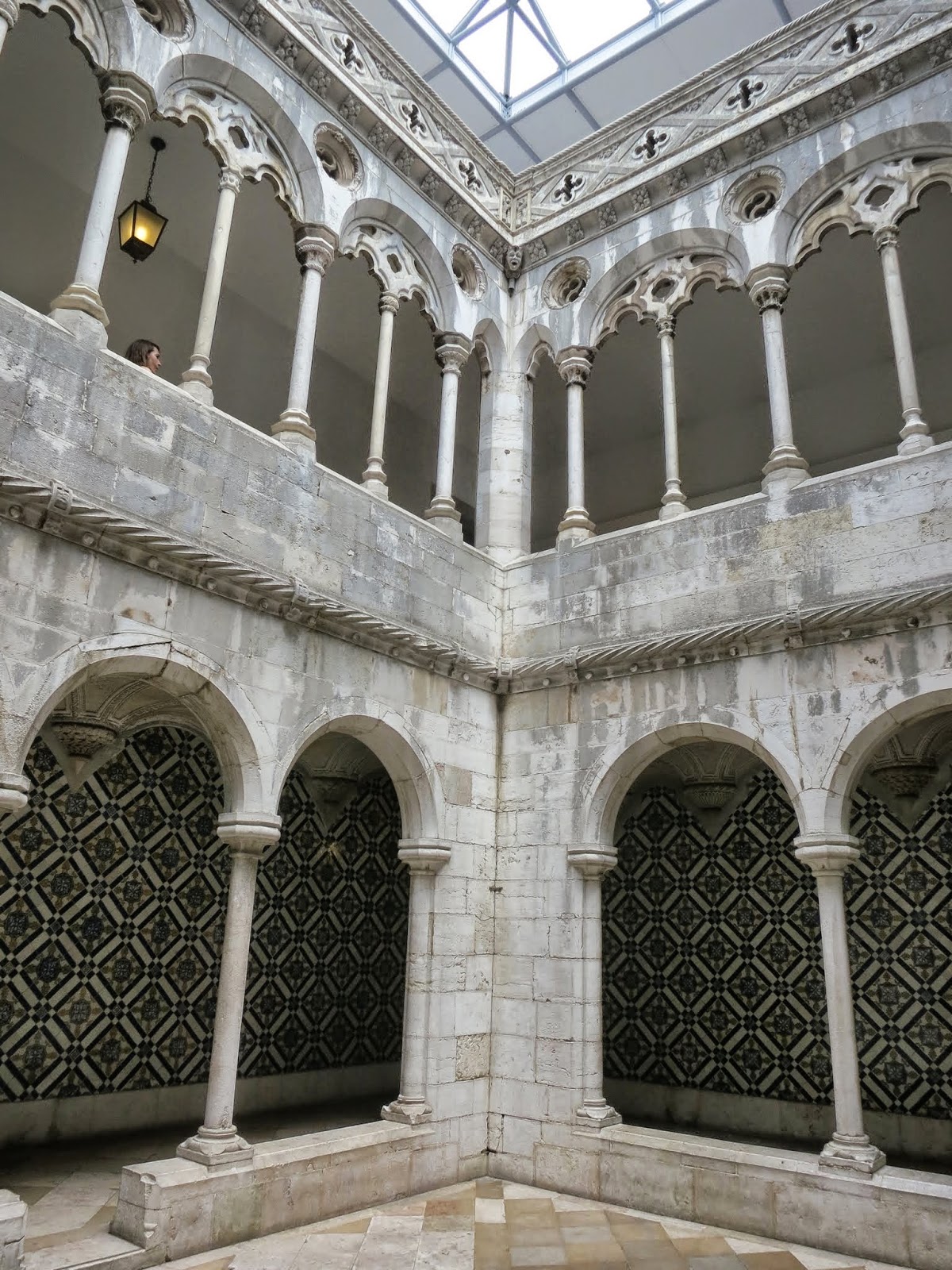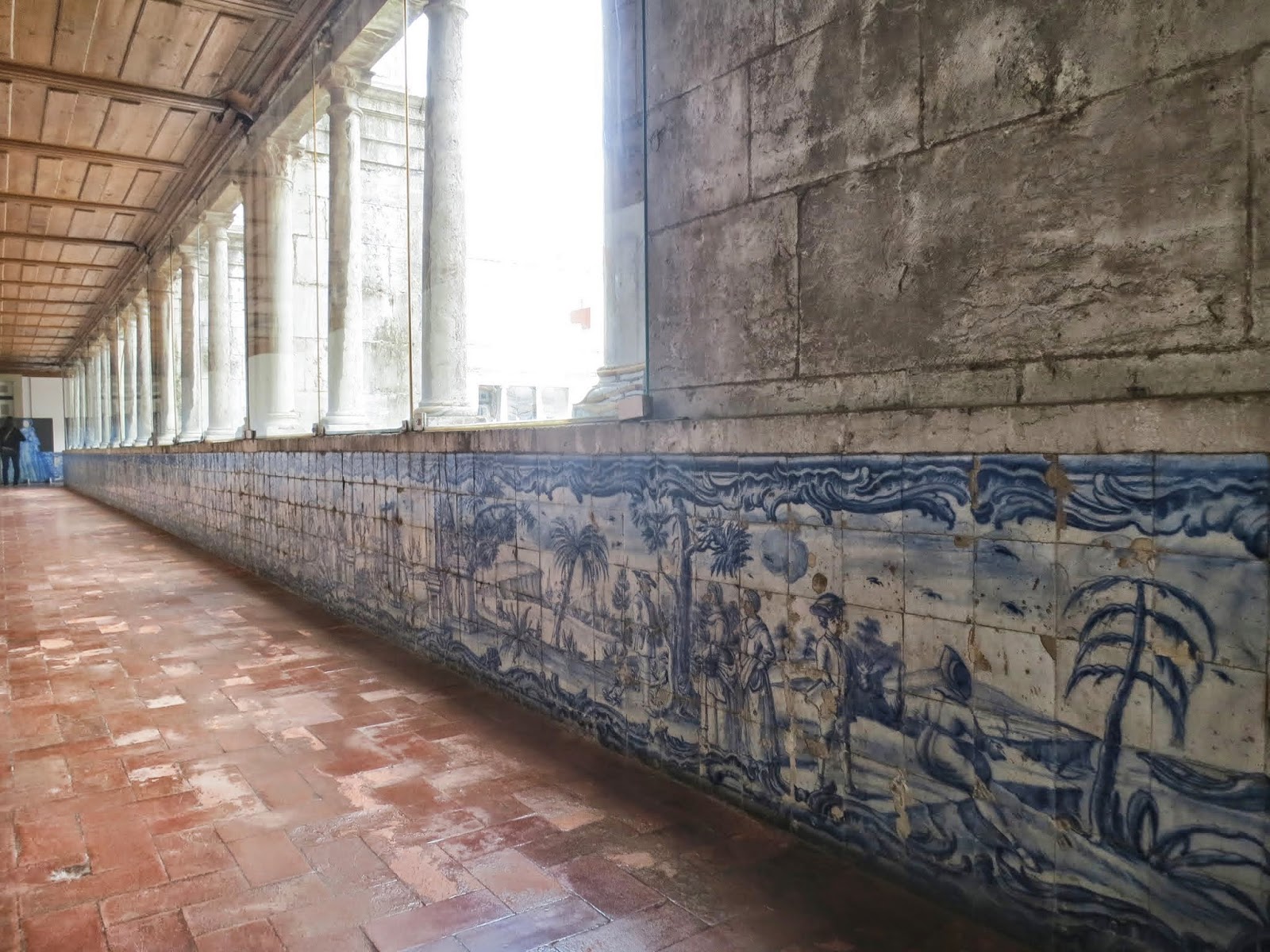We
heard the name of this small town way before arriving to Portugal. Almost
everybody who heard that we’re heading over here suggested us to visit Sintra.
They kept saying how amazing it is and we definitely have to visit it. This was
the reason that we drove up here on our very first weekend. After seeing it for
ourselves we can only join the others in saying that if you ever have the
chance to come to Lisbon, plan a day trip up here.
The
village hides in the Sintra Mountains surrounded by the Sintra-Cascais Nature
Park. From the Muslim times it enjoyed special attention and its streets are
full of castles, retreats and amazing looking buildings. Thanks to its many
monuments, the Castelo dos Mouros,
the Quinta Regalia or the National
Palace of Pena it has become a UNESCO World Heritage Site.
If
you feel like trying some of the famous Portuguese pastries, head over to the Periquita
bakery and ask for the typical travesseiro,
pastel de nata or queijada cakes.
Finding a parking space in Sintra is absolutely impossible so try to park in one of the alloted parking lots and use the local bus 434 to carry you to the attractions. It also stops at the train station. The ticket is 5 euros and goes all the way up to the Palacio de la Pena. If you're up for it you can hike up to the Moorish Castle from the town centre with the help of a map that you can get for free from the Tourist Office. From then on it's only a matter of minutes to get to la Pena.
Check the town’s official website here to find out more about the monuments and many other useful information.
Check the town’s official website here to find out more about the monuments and many other useful information.






























































